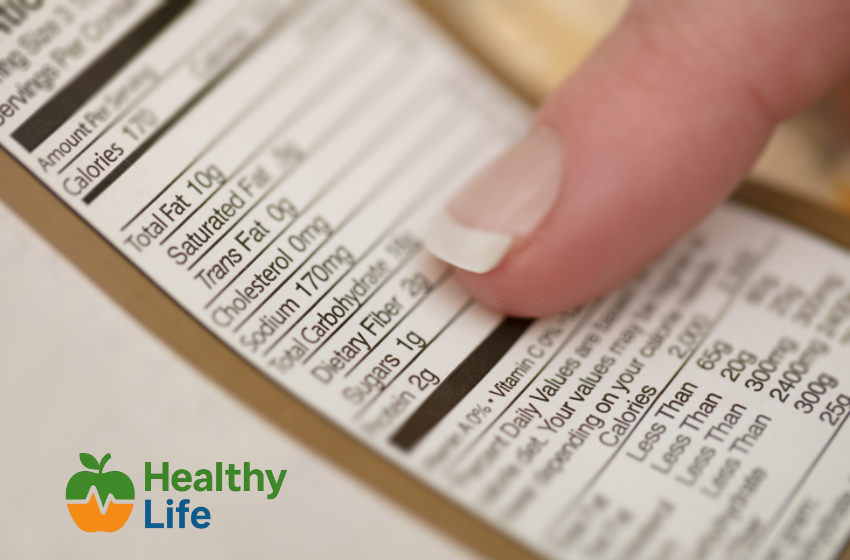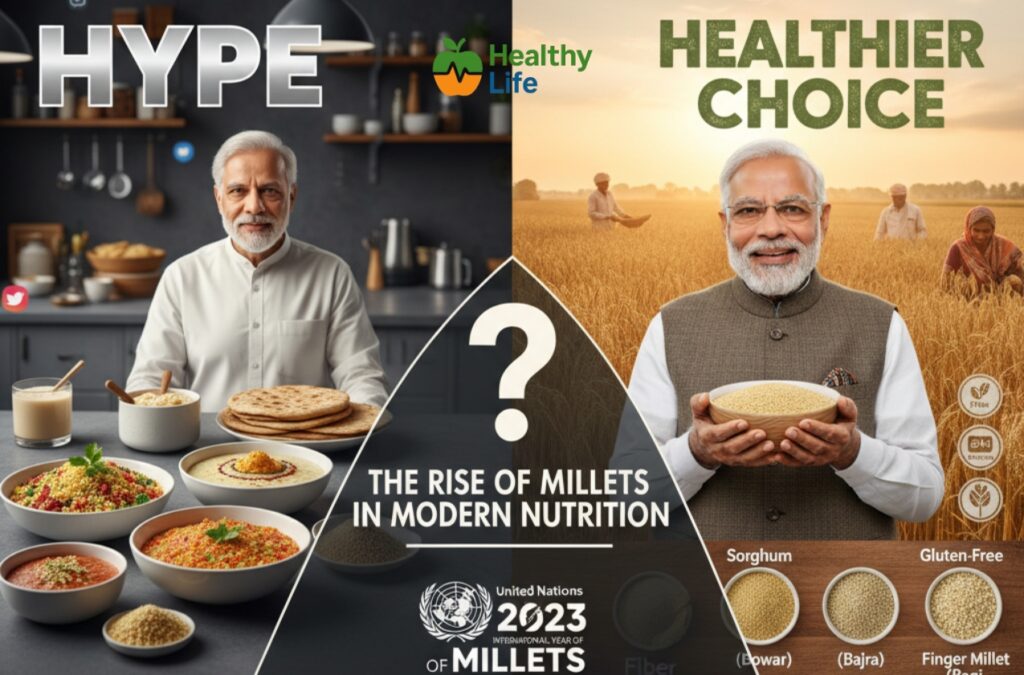Learn to Decode Food Labels for Healthier Choices
- Nutrition & Diet
- August 31, 2025
- 135
- 5 minutes read

How to Decode Food Labels for Healthier Choices
Introduction: The Growing Need for Healthy Lifestyles 💚
In the aftermath of the pandemic, there is a growing desire among individuals to adopt healthier lifestyles. However, many lack the knowledge to assess which products are best for them. The key to making informed choices lies in understanding food labels. Regrettably, most people are unaware of how to interpret these labels, including which details to prioritize and which can be overlooked when making purchases.
The Power of Food Labels
Crack the Code: Decoding Nutritional Claims
- Low fat: Indicates that certain foods have a lower fat content than similar items.
- Sugar-free: Means the product contains no sugar; however, check for sugar substitutes.
- Organic: Made without synthetic pesticides or genetically modified organisms (GMOs).
- Whole grain: Contains bran, germ, and endosperm, offering more fiber than refined grains.
- Bran: The outer layer rich in fiber, vitamins, and minerals.
- Germ: Provides nourishment and is rich in antioxidants.
- Endosperm: The center layer containing starchy carbohydrates, proteins, and vitamins.
- Natural: Indicates no artificial additives or preservatives, but the term is not strictly regulated.
- Gluten-free: Free from gluten-containing grains like wheat, barley, and rye. Important to check for gluten-free certifications.
- Ingredients to watch for gluten: malt (malted barley, malt extract, malt syrup), modified food starch (may contain gluten), hydrolyzed wheat protein, and vegetable protein from wheat.
- Non-GMO: Product is free from genetically modified organisms and chemical alterations.
Understanding Serving Sizes and Portions
For example, if a serving size is 1 ounce (about 15 potato chips), consuming more than this affects calorie intake. Eating 3 ounces (a handful) means tripling the calories, which impacts weight management and body fat reduction.
Critical Components of Food Labels
Allergen Information
Alerts consumers to potential allergens such as soy, gluten, and nuts for safety.
Ingredients List
Lists ingredients by quantity, starting with the most prevalent.
Nutritional Facts or Value
Found on the back of packaging, it details macronutrients like protein, carbohydrates, fats, vitamins, minerals, fiber, sodium, and sugar per serving.
Date Labels Explained
Best by:
Indicates peak quality in taste, texture, and freshness; safe to consume after but quality may decline.
Use by:
Indicates safety limit; consuming after this may cause food poisoning.
Sell by:
The last date a retailer can sell the product.
Key Considerations When Reading Food Labels
- Prioritize essential nutrients: Focus on fiber, vitamins, minerals, and macronutrients.
- Compare similar products: Choose options with lower saturated fats, sugars, and sodium.
- Spot hidden sugars and unhealthy fats: Avoid high fructose corn syrup, hydrogenated oils, and trans fats.
- Be cautious of additives and preservatives: Avoid products with artificial colours, preservatives, and additives.
Conclusion
Understanding how to decode food labels is a powerful step toward making well informed eating decisions and living a more health-conscious lifestyle. By paying close attention to serving sizes, added sugars, hidden sodium, and unhealthy fats, you can better align your choices with your nutritional goals. Prioritizing whole foods, reading ingredient lists carefully, and avoiding ultra-processed items are key habits for anyone on a clean eating or weight management journey. Empower yourself with label literacy to fuel your body with what it truly needs. Remember, small, smart choices lead to long-term wellness success. 💚

